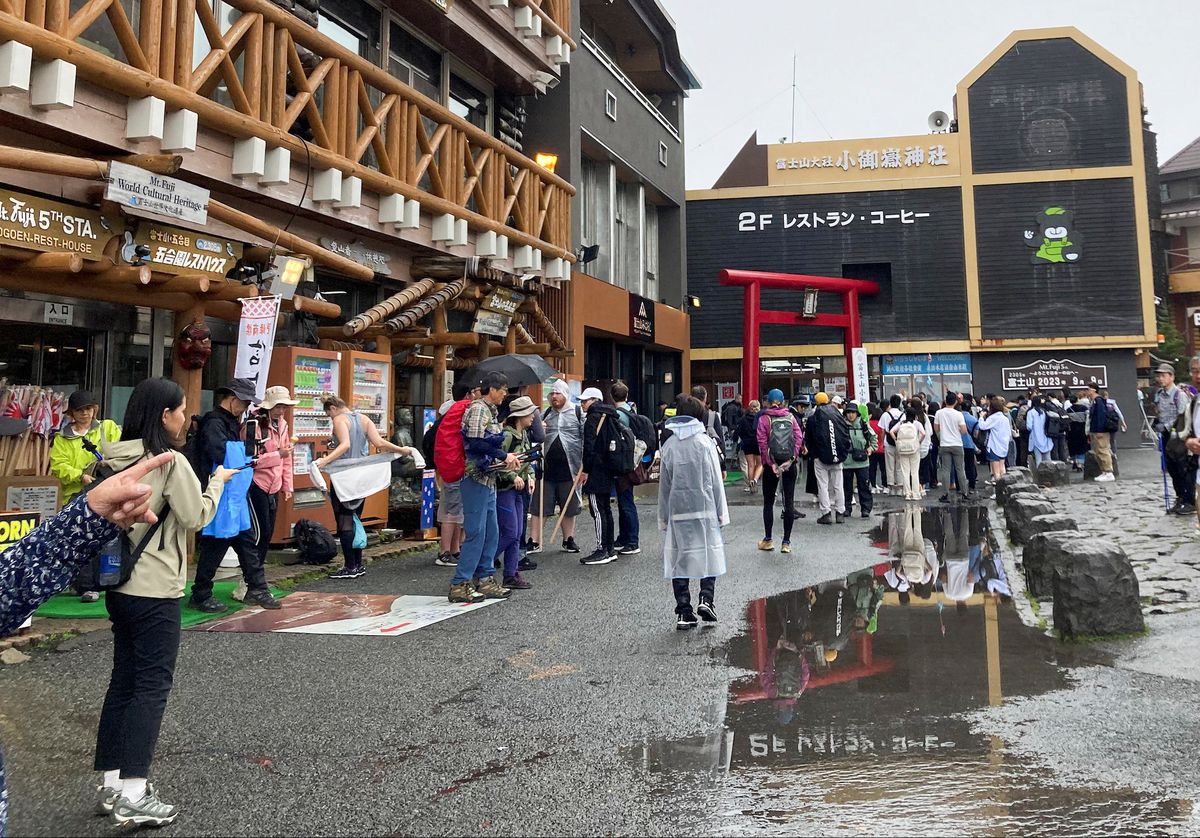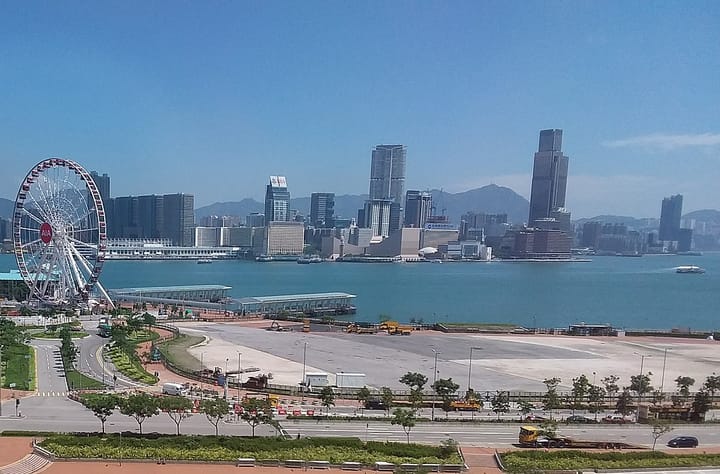Overtourism threatens Japan’s iconic Mount Fuji destination
Mount Fuji is Japan’s tallest volcano, standing at 3,776 meters (12,388 feet). It’s also one of the country’s biggest tourist destinations.

A few minutes every morning is all you need.
Stay up to date on the world's Headlines and Human Stories. It's fun, it's factual, it's fluff-free.
Mount Fuji is Japan’s tallest volcano, standing at 3,776 meters (12,388 feet). It’s also one of the country’s biggest tourist destinations. The site was considered sacred to Japan’s ancient Indigenous civilization, and it’s still meaningful to different religious groups. About 100 kilometers (62 miles) from Tokyo, Fuji is seen as something of a national symbol – its near-perfect symmetry is unmistakable. It’s often shown in Japanese art, like in “The Great Wave off Kanagawa” woodblock print by ukiyo-e artist Katsushika Hokusai, one of the most famous art pieces in the world.
But, for years now, Japan has been wrestling with the problem of overtourism at Mount Fuji. “Overtourism” is a new-ish term referring to the steep rise in the number of visitors that certain popular destinations can’t handle. While many places depend on tourism to support their local economies, there are only so many people a certain place can actually take on.
Overtourism can have a range of negative impacts, including rising local prices, high noise levels, damage to historical and natural sites, higher local eviction rates to make room for visitors, litter, pollution and growing transit-related carbon emissions.
Even a decade ago, when Mount Fuji was newly added to UNESCO’s World Heritage list as a cultural asset, overtourism was becoming a problem. That year, visitors were asked to pay a fee to help preserve the natural wonders of the site, which were being threatened by people illegally dumping garbage and contributing to massive traffic.
Now, with tourism rising again to pre-pandemic levels, Fuji-san, as it’s known by locals, is seeing the effects of overtourism again. Along with the busloads of tourists arriving daily come extreme levels of pollution and other issues. These problems have led Japanese officials to start considering systemic changes to mountain access, including visitor restrictions.
"Fuji faces a real crisis," Masatake Izumi, a Yamanashi prefecture official, told reporters on Saturday. "It's uncontrollable, and we fear that Mount Fuji will soon become so unattractive nobody would want to climb it.”
Overcrowding is putting pressure on limited toilet facilities – which are now near-constantly out of order – creating mountains of litter and increasing the risk of hiking accidents.
“We need a shift from quantity to quality when it comes to tourism on Mount Fuji,” says Yamanashi Governor Kotaro Nagasaki, who has proposed the construction of a light railway to control the number of people accessing the fifth stage, which is where most climbers begin the trek up Fuji.




Comments ()